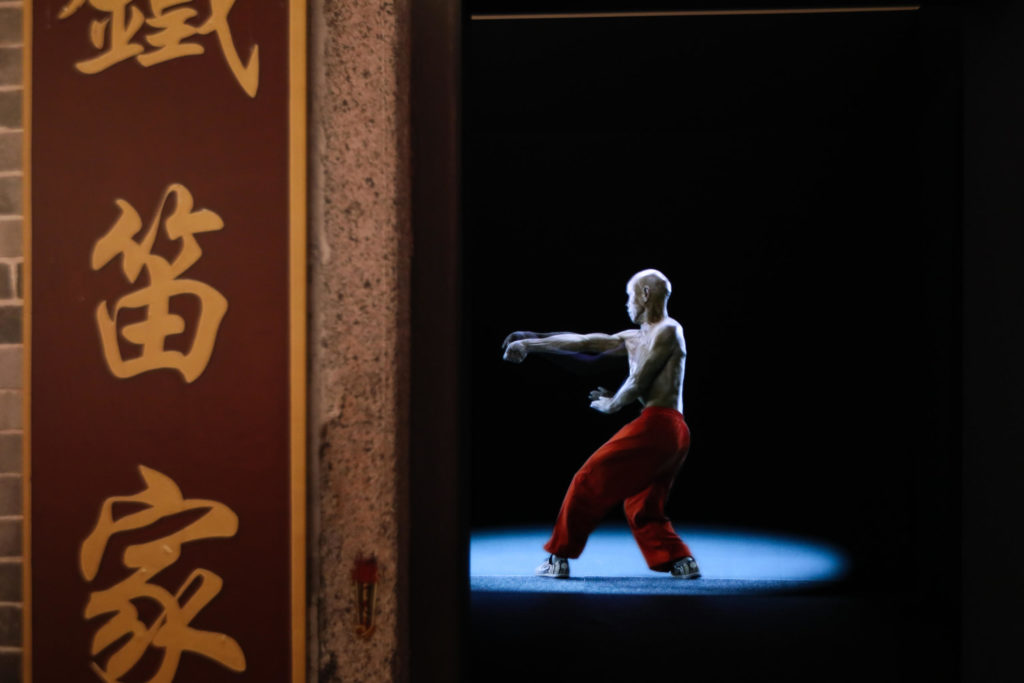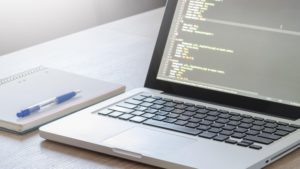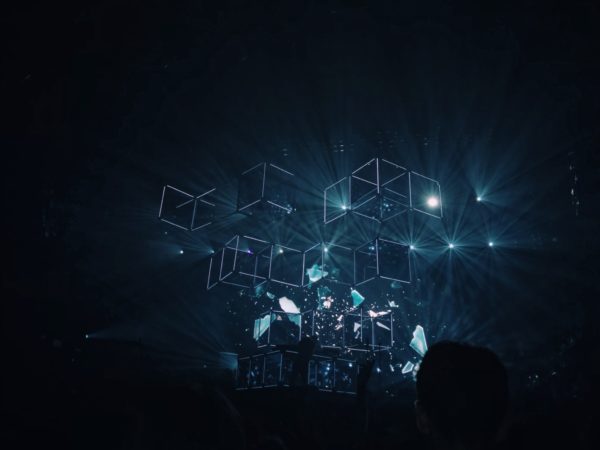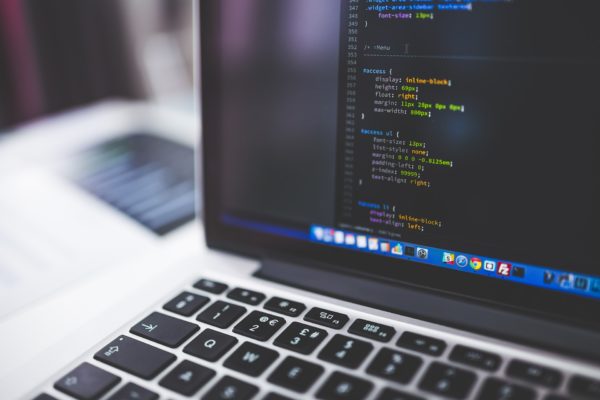As part of a new interdisciplinary project, researchers at EPFL and the University of Lausanne are developing a unique model to help standardize data about intangible cultural heritage, so that it can be more easily used by both humans and computers.
In recent years, data science and machine learning techniques have found valuable applications in many fields of cultural, historical, and anthropological research, giving rise to the fast-growing field of digital heritage studies. Today, researchers use computers and algorithms to manage and mine data on everything from art and architecture to language and ancient manuscripts. But what if we want to process intangible knowledge about a gesture or ritual, for example, rather than information about a tangible image or text?
This is the problem that UNIL senior lecturer Davide Picca and EPFL professor Sarah Kenderdine aim to address with their CROSSINGS project (Computational Interoperability for Intangible and Tangible Cultural Heritage), which has recently been funded by Collaborative Research on Science and Society (CROSS) program in EPFL’s College of Humanities (CDH).
“As humans, we are not information machines; we are knowledge machines. But in information technology, what we have is information and not knowledge,” Picca explains.
“What we are trying to do in the CROSSINGS project is combine data about tangible and intangible heritage, so that we can go from processing information to processing knowledge. For example, how can you describe a specific posture used in a ritual in a way that a machine can understand it?”
Kung Fu motion / emotion
For their project, Picca and Kenderdine will be drawing on the Hong Kong Martial Arts Living Archive, which also provided the basis for the 2018 EPFL ArtLab exhibition, Kung Fu Motion. The archive is a longitudinal research project in collaboration with the International Guoshu Association, the City University of Hong Kong, and the CDH Laboratory for Experimental Museology (eM+), which Kenderdine leads.
Picca and Kenderdine’s goal is to use data from the archive to create an ontological model that combines Kung Fu moves and poses with information on the Chinese martial art’s folklore and tradition, ultimately generating a linked knowledge graph for tangible and intangible Kung Fu heritage. Their first task will be to study the archive’s datasets prior to the CROSSINGS project’s official launch in February, 2021, and to determine the feasibility of extending their approach to other cultural heritage datasets.
Picca says he hopes the project will yield a model for information integration in cultural heritage. The end product would be a Python library that could connect an intangible heritage dataset — on Kung Fu, for example — with Wikipedia-style metadata about Kung Fu in history, literature, and culture. This resource could then be integrated into UNIL’s Digital Humanities Toolkit (DHTK), of which Picca is also a developer, which facilitates access to online digital collections.
“We would like to create a vocabulary that would connect tangible and intangible heritage. Once we bring these two things together, we would like to transfer this capacity in a programmatic way using code, so that either a machine or human can query these datasets,” Picca summarizes. “We would then make this resource publicly available so that anybody in the community can use it and exploit it.










